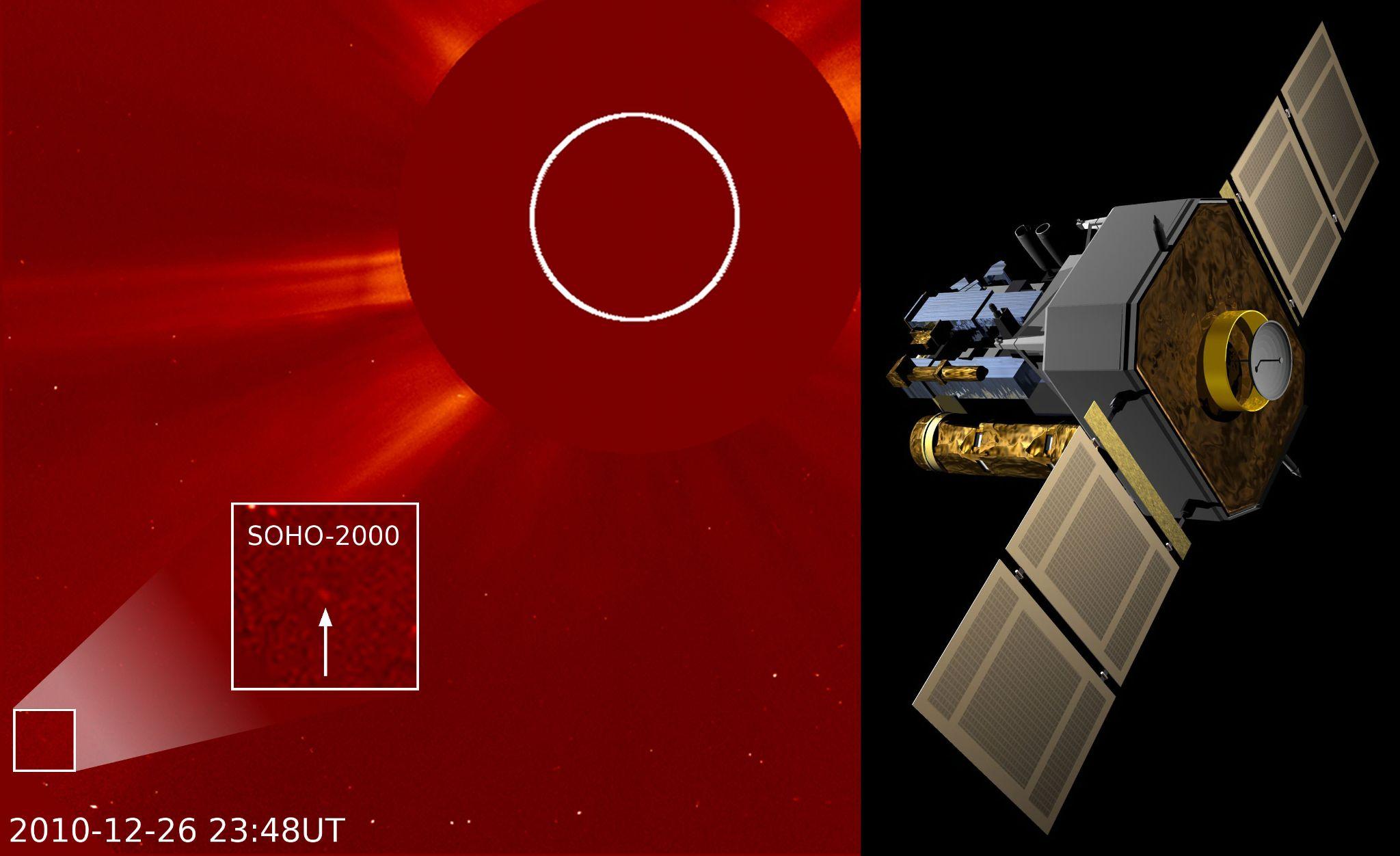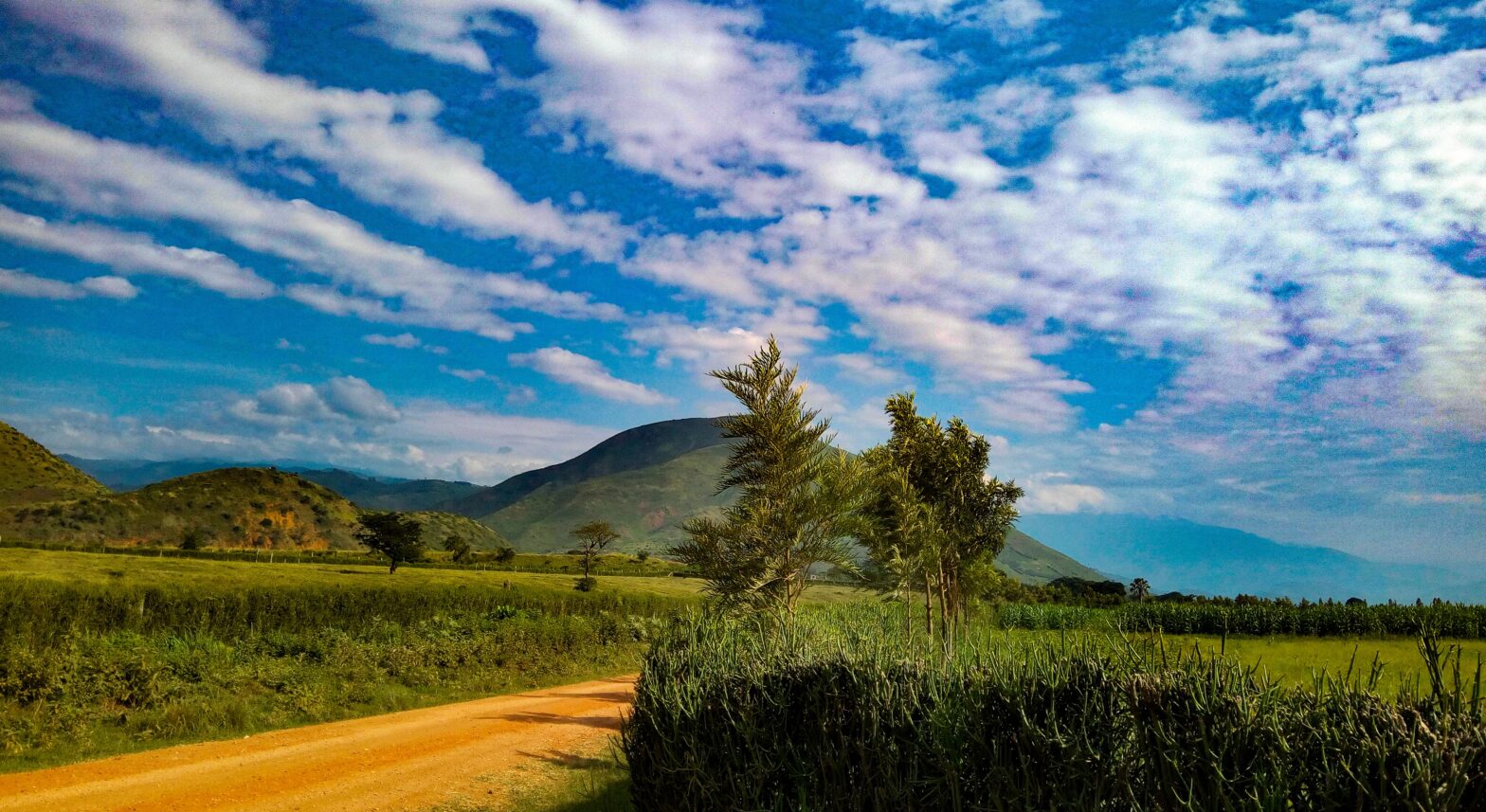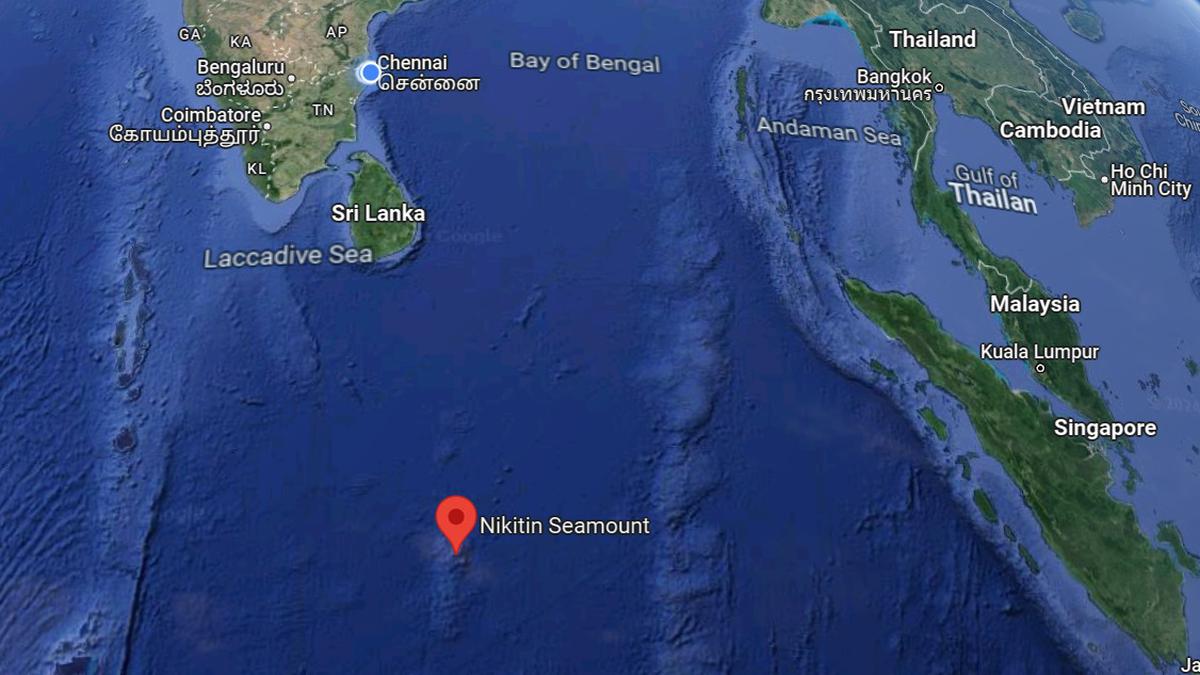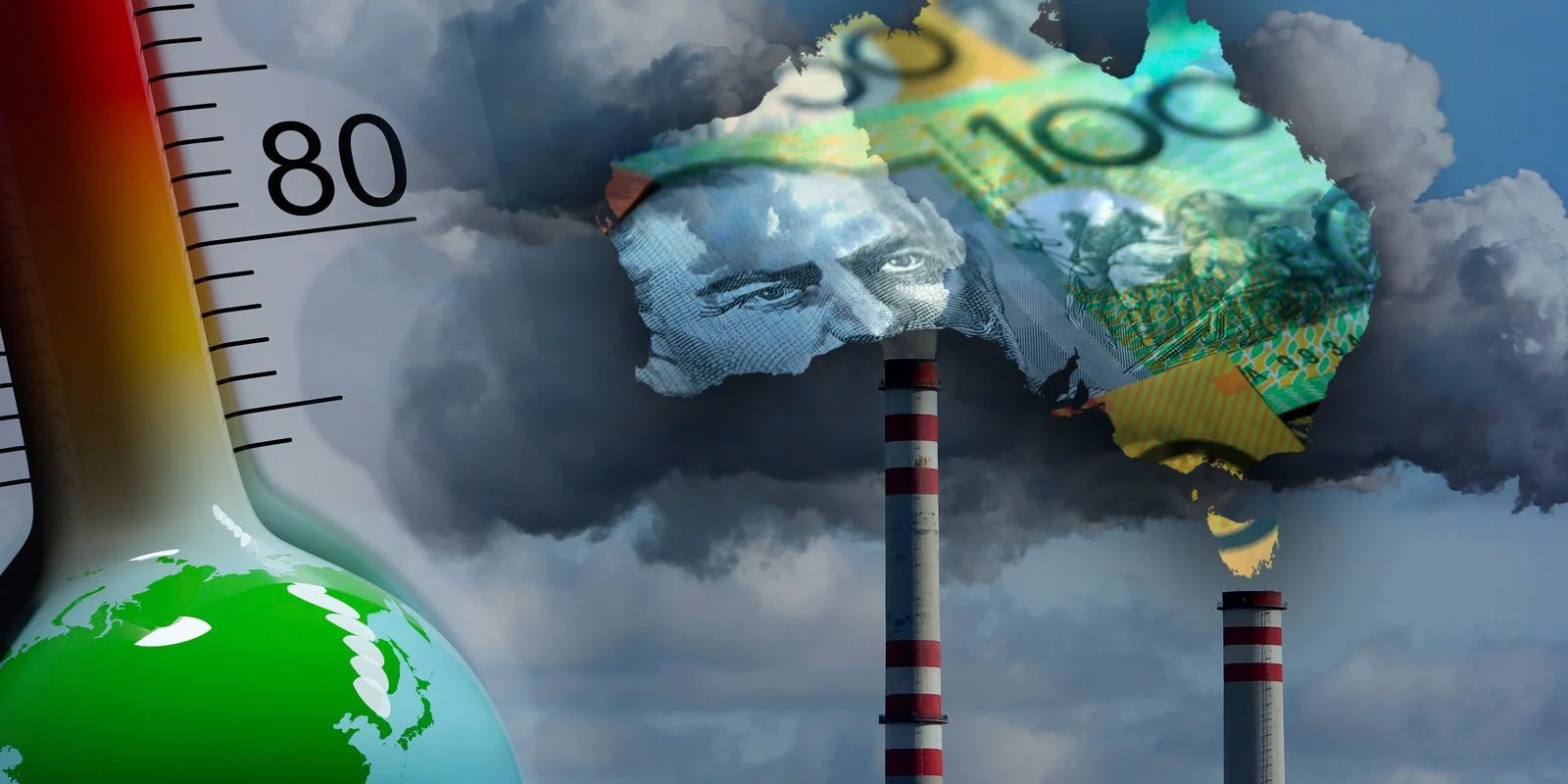T+0 Settlement Cycle

- 28 Mar 2024
Why is it in the News?
The BSE and NSE introduced trading in the T+0 rolling settlement cycle in the equity segment on an optional basis today.
What is Trade Settlement?
- Trade settlement encompasses the bilateral process of transferring funds and securities on the designated settlement date.
- It signifies the completion of a trade transaction when the purchased securities of a listed company are successfully delivered to the buyer, and the seller receives the agreed-upon payment.
- The evolution of the trade settlement cycle in India has seen notable adjustments over time.
- Initially shortened by SEBI to T+3 from T+5 in 2002 and further to T+2 in 2003, the current cycle in the Indian stock market stands at T+1.
- This migration to the T+1 cycle took effect in January 2023, positioning India as the second country globally, after China, to implement the T+1 settlement cycle for top-listed securities.
What is the T+0 Trading Settlement Cycle?
- In December last year, the capital markets regulator SEBI proposed to introduce a facility for clearing and settlement of funds and securities on T+0 (same day) on an optional basis, in addition to the existing T+1 settlement cycle.
- The regulator has also proposed to introduce optional instant settlement at a later stage.
- Under the T+0 trade cycle, the settlement of trades will happen on the same day after the closure of the T+0 market.
- If investors sell a share, they will get the money credited to their account the same day, and the buyer will also get the shares in their demat account on the very day of the transaction.
What are the Benefits of T+0 Trade Settlement?
- A shortened settlement cycle will bring cost and time efficiency, transparency in charges to investors, and strengthen risk management at clearing corporations and the overall securities market ecosystem.
- The T+0 trade cycle is expected to provide flexibility in terms of faster pay-out of the funds against the securities to the sellers and faster pay-out of securities against the funds to the buyers.
- It will allow better control over funds and securities by the investors.
- For the securities market ecosystem, a shorter settlement cycle will further free up capital in the securities market, thereby enhancing the overall market efficiency.
- It will enhance the overall risk management of Clearing Corporations (CCs) as the trades are backed by upfront funds and securities.
Who can Participate in the T+0 Settlement Cycle?
- All investors are eligible to participate in the segment for the T+0 trade settlement cycle if they are able to meet the timelines, process, and risk requirements as prescribed by the Market Infrastructure Institutions (MIIs).
Solar and Heliospheric Observatory (SOHO)

- 28 Mar 2024
Why is it in the News?
Recently, NASA's Soho mission, which is tasked with observing the Sun, has captured its 5000th comet as it dives around the star in our Solar System.
About Solar and Heliospheric Observatory (SOHO):
- SOHO was built as a general solar observatory, with twelve suites of scientific instruments to track all of these properties of the Sun.
- During its operations, it has provided important insights, including:
- Details about the interior of the Sun,
- What sunspots look like beneath the surface,
- Measurements of the speed of the solar wind,
- The charged particles that escape from the corona,
- Mapping the magnetic field behavior over the Sun’s surface; and
- Revealing new phenomena such as “solar tornadoes”.
- Built in Europe, SOHO is operated jointly by ESA and NASA, with contributions from a large number of scientists, engineers, and other staff around the world.
- The spacecraft was launched in 1995 with a planned two-year mission.
- Its work was successful enough to justify keeping the observatory going, and it’s still operating more than 20 years later.
- The probe orbits the Sun at a place where the gravity of the Sun and Earth balance each other out, known as the first Lagrange point (L1).
- Center for Astrophysics (CfA) scientists and engineers provided SOHO’s Ultraviolet Coronagraph Spectrometer (UVCS), which operated until 2013 and measured the ultraviolet spectrum of the hot solar atmosphere.
- UVCS provided the insight that the corona is too hot to be produced by ordinary thermal transfer, where particles collide and pass energy to each other.
- Instead, the corona and solar wind must be accelerated by the magnetic field interactions in some way.
- Other SOHO instruments measure the speed and composition of the solar wind; the seismic waves that travel across the Sun’s surface; the fluctuations in the temperature, composition, and density of different parts of the corona; and the motion of matter upward from the Sun’s interior to its surface.
South East Africa Montane Archipelago (SEAMA)

- 28 Mar 2024
Why is it in the News?
A recent investigation in southern Africa has revealed a plethora of previously undiscovered biodiversity within a newly identified ecoregion known as the South East Africa Montane Archipelago (SEAMA).
About South East Africa Montane Archipelago (SEAMA):
- It represents a newly identified mountainous ecoregion spanning from northern Mozambique to Mount Mulanje in Malawi, which is the second-highest peak in southern Africa.
- This ecoregion comprises 30 granitic inselbergs rising over 1000 meters above sea level, hosting both the largest (Mt Mabu) and smallest (Mt Lico) mid-elevation rainforests in southern Africa, alongside uniquely diverse montane grasslands.
- SEAMA experiences notably higher annual rainfall and humidity, particularly during the dry season, compared to its surrounding areas.
- Since 2000, SEAMA has witnessed a loss of 18% of its primary humid forest cover, with rates reaching up to 43% in certain locations—marking one of the most rapid deforestation rates across Africa.
- The principal cause of montane forest depletion in SEAMA stems from slash-and-burn agricultural practices, predominantly employed for subsistence food cultivation by local communities, alongside charcoal production for household cooking and economic purposes.
What are Inselbergs?
- Inselbergs are solitary geological formations characterized by isolated, steep-sided hills or small mountains rising abruptly from flat or gently sloping terrain.
- Composed of erosion-resistant rock, such as granite or quartzite, inselbergs stand out prominently in landscapes, with steep or even vertical sides resulting from differential erosion processes.
- These formations, found predominantly in arid or semi-arid regions, take various shapes, including dome-shaped hills, conical peaks, or sheer-sided cliffs.
- Despite their isolated nature, inselbergs support unique ecosystems and biodiversity, creating microclimates and habitats for specialized plant and animal species.
- Rock crevices, caves, and pockets of soil on inselbergs harbor distinct flora and fauna adapted to harsh conditions, making these formations biodiversity hotspots.
- Additionally, inselbergs often hold cultural and spiritual significance for indigenous peoples and local communities, serving as sites for religious rituals, cave paintings, or archaeological artifacts.
- However, inselbergs face threats such as deforestation and habitat degradation due to human activities like slash-and-burn agriculture and charcoal production.
- Conservation efforts are crucial to protect these geological wonders and preserve their ecological and cultural significance for future generations.
Carlsberg Ridge & Afanasy-Nikitin Seamount

- 28 Mar 2024
Why is it in the News?
Indian delegates have been visiting the International Seabed Authority (ISA), Jamaica to strengthen efforts to explore two deep sea regions in the Indian Ocean for mining, according to reports this week.
What is the Carlsberg Ridge?
- The Carlsberg Ridge is the northern section of the Central Indian Ridge, a divergent tectonic plate boundary between the African Plate and the Indo-Australian Plate, traversing the western regions of the Indian Ocean.
- The ridge of which the Carlsberg Ridge is a part extends northward from a triple point junction near the island of Rodrigues (the Rodrigues Triple Point) to a junction with the Owen Fracture Zone.
- The ridge started its northwards propagation in the late Maastrichtian and reached the incipient Arabian Sea in the Eocene.
- Then it continued to accrete basalt but did not propagate for nearly 30 million years ago.
- Then, in the early Miocene, it started to propagate westwards towards the Afar hot spot, opening the Gulf of Aden.
- The Carlsberg Ridge is seismically active, with a major earthquake being recorded by the U.S. Geological Survey at 7.6 on the moment magnitude scale in July 2003.
- The ridge was discovered by the Danish research vessel Dana during the Carlsberg Foundation's Oceanographic Expedition around the world (1928–1930), better known as the 2nd Dana Expedition, and named after the Carlsberg Foundation, which funded the entire expedition and subsequent analysis and publication of results.
About the Afanasy Nikitin Seamount (ANS) Seabed:
- The ANS is a major structural feature in the Indian Ocean, rising up above the sea bed but below the surface, and forming a seamount.
- It is 400 km long and 150 km wide, and is located in the Central Indian Basin — southeast of Sri Lanka, right below the equator, to the west of Singapore.
- It was formed about 80 million years ago, while dinosaurs still roamed the Earth.
- The Seamount is named after Afanasy Nikitin, a 15th-century Russian merchant who was one of the first to document his travels to India.
- A black monolith is also erected in his honor at Revdanda, about 100 km away from Mumbai, where he is thought to have first set foot in the country.
- The ANS seamount is about 3,000 km from India’s coast and is rich in cobalt, copper, manganese, and nickel.
What are Seamounts?
- Seamounts are submarine mountains originating from volcanic eruptions beneath the ocean's surface, serving as critical habitats for diverse marine ecosystems.
- Similar to terrestrial volcanoes, seamounts can exhibit varying states of activity, including active, dormant, or extinct stages.
- They typically form near mid-ocean ridges, where tectonic plates separate, allowing magma to ascend and solidify on the seabed.
- Notably, seamounts also emerge near intraplate hotspots and oceanic island chains, such as island arcs, characterized by volcanic and seismic activity.
- These underwater formations hold significant scientific value, offering insights into mantle composition, plate tectonics, and oceanic circulation dynamics.
- Moreover, seamounts play a crucial role in nutrient cycling and marine life proliferation, fostering localized upwelling of nutrient-rich waters that support diverse biological communities.
Australia’s Carbon Credits System

- 28 Mar 2024
Why is it in the News?
A recent study revealed that a prominent reforestation initiative operating within the Australian Carbon Credit Unit (ACCU) Scheme has been deemed a significant underperformer, amounting to a 'catastrophe' in terms of its outcomes.
What is the Australian Carbon Credit Unit (ACCU) Scheme?
- The ACCU Scheme plays a pivotal role in the Australian carbon market, incentivizing various entities including individuals, businesses, and governmental bodies to engage in endeavors aimed at mitigating emissions or sequestering carbon.
- Participants encompass a broad spectrum ranging from individuals and sole traders to corporations, local and state government entities, and trusts.
- Achievement of the scheme's objectives is facilitated through diverse means such as the adoption of innovative technologies, equipment upgrades, the adoption of sustainable business practices to enhance productivity or energy efficiency, and the implementation of novel vegetation management techniques.
How Does It Work?
- The ACCU Scheme operates by rewarding participants who execute projects focused on either reducing or avoiding greenhouse gas emissions (emissions avoidance) or capturing and storing atmospheric carbon (sequestration).
- These projects contribute significantly to mitigating climate change and advancing environmental sustainability in Australia.
- For each tonne of carbon dioxide equivalent (t CO?-e) emissions that a participant's project successfully stores or avoids, they are eligible to earn one Australian Carbon Credit Unit (ACCU).
- These ACCUs serve as a tangible representation of the project's positive environmental impact and can be traded on the secondary market or sold to the Australian Government through carbon abatement contracts.
- In essence, the ACCU Scheme establishes a robust framework for quantifying and monetizing emission reduction and carbon sequestration efforts, providing a strong financial incentive for individuals and businesses to actively engage in climate-friendly initiatives.
- By fostering an active carbon market, the scheme helps ensure the continued growth and development of innovative projects that combat climate change and support Australia's transition to a low-carbon economy.
Criticisms and Controversies:
- The ACCU Scheme has encountered criticisms and controversies regarding its overall effectiveness and the integrity of the carbon credits it generates.
- One such concern is based on research indicating that native forests in Australia's desert regions are experiencing either stagnant growth or shrinking woodlands.
- This finding raises questions about the capacity of these areas to sequester carbon at the levels claimed in ACCU projects.
- Furthermore, critics argue that Australia has amassed substantial quantities of carbon credits through these projects, despite the questionable integrity of the underlying data.
- The scheme's reliability and effectiveness are, thus, scrutinized, as the quality and accuracy of the carbon credits generated are essential to maintaining trust and credibility in the carbon market.
- As the ACCU Scheme evolves, addressing these concerns and ensuring that it genuinely contributes to emission reduction and carbon sequestration efforts is crucial.
- Regular evaluations and transparency in data collection and analysis will help enhance public confidence and secure the scheme's role as a central pillar of Australia's climate change mitigation strategy.
